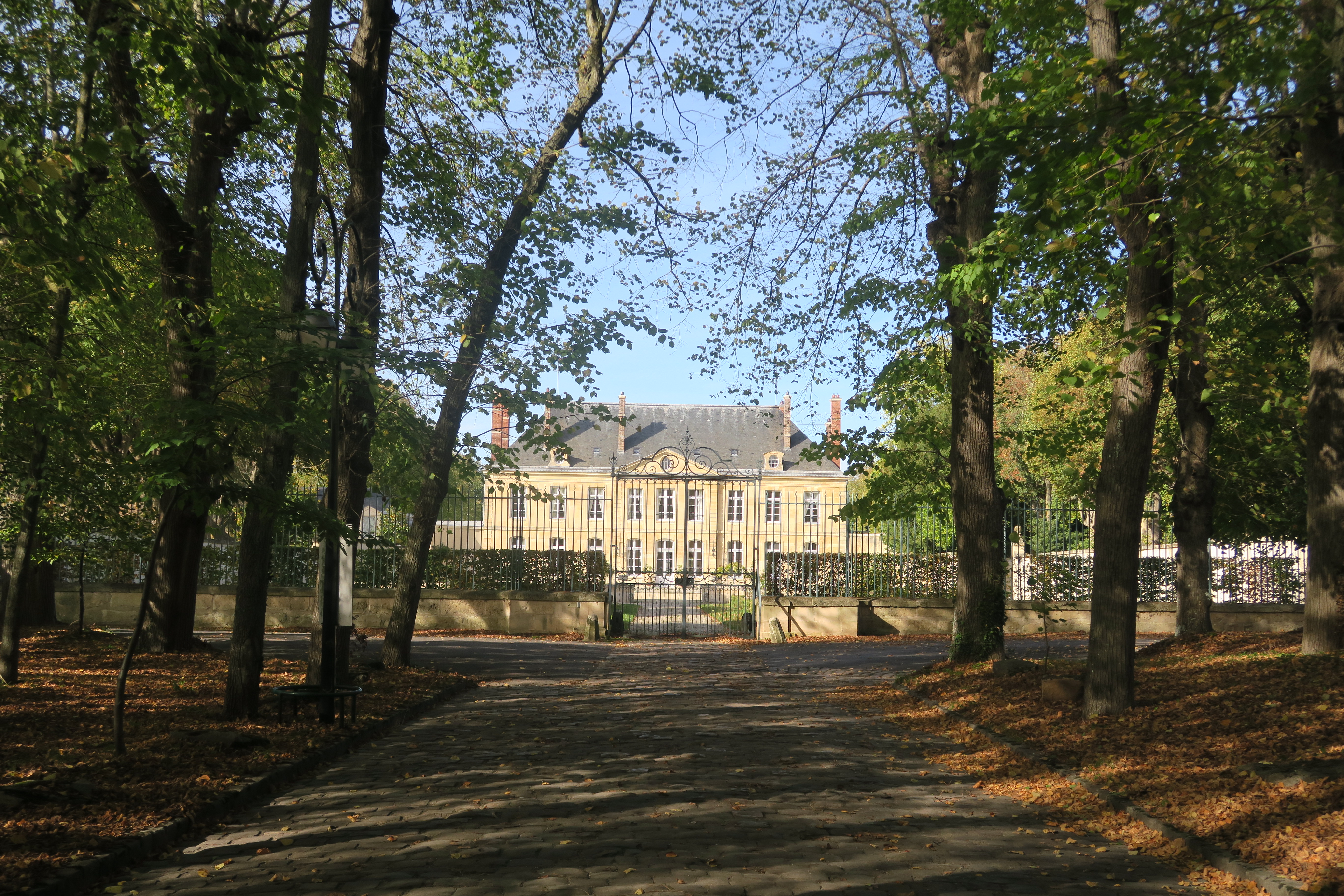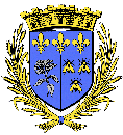
Sentiers du Patrimoine ®
Ennery

Revenir sur vos pas et traverser la rue pour vous rendre place Rendu à l’ancienne école. .
Prochain point : Lat. 49.07622, Long. 2.10571
The Ennery castle was probably built between 1680 and 1710, in an architectural style regarded as classical, keen on symmetry, as well as on the pace and models of Antiquity. The castle consists of a huge single building following rectangular plans. The façade is quite sober. It stands out thanks to a central avant-corps topped with a triangular open pediment in which stands an oval window called œil de bœuf. The symmetry is absolutely perfect in the conception of the façade, the display of large windows on the ground floor and first floor, and even by the two small skylights on the slate roof lying on each side of the pediment. Access to the castle is via a huge alley bordered by the commons on each side, forming a Court of honour. The château is linked to the adjoining seigneurial farm. The latter has kept its dove house, a building which used to be reserved to aristocrats under the Ancien Régime.
In the 17th century, the Seigneury of Ennery belonged to the Ailly family. However, in 1697, Jacques d’Ailly, stuck in debt, had no choice but to sell the Ennery land in order to reimburse his creditors. It was Jacques Charpentier, a bourgeois from Paris, ennobled in 1703, who bought the fiefdom. His grandson Victor-Thérèse Charpentier (1732-1776) embraced a military carrier and his success was such that he managed to obtain the title of Marquis. It was then that the Ennery Marquisate became one of the biggest of the Vexin as it spread on the territories of Ennery, Livilliers, Epiais-Rhus, Grisy-les-Plâtres, Theuville… The tombstone of Victor-Thérèse Charpentier was made by famous sculptor Jean Houdon in order to be installed in the Ennery church. It is today kept in the Musée du Louvre. In 1784, the castle came back, through marriage, to Pierre-Marc-Gaston de Levis who invested to restore it. However, during the Revolution, the castle was seized and sold as ‘bien national’ that is to say an object or benefit belonging from then on to the nation. It then went through the hands of several different families. In 1958 the Fédération Mutualiste de la Seine bought the domain to create a health and nutrition clinic as well as a mutual benefit company residence. Today the domain hosts seminars and stays.


